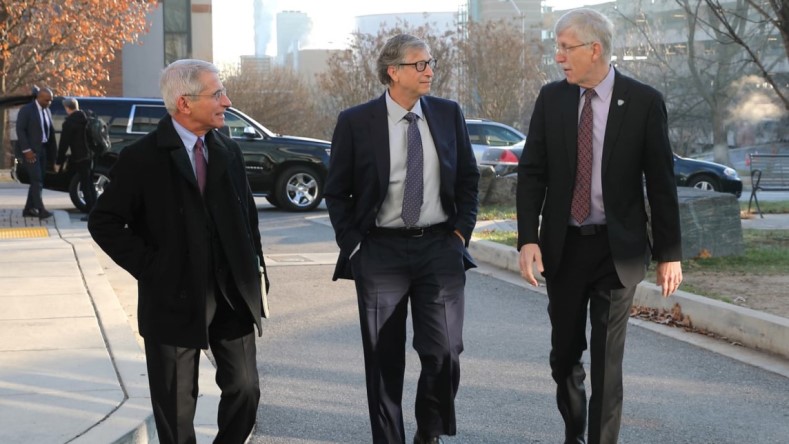

The main campus contains over 50 academic and administrative buildings on 245 acres (0.99 km 2). Shortly thereafter, the university's board of trustees placed Hudson on administrative leave and appointed Elayne Hayes-Anthony the acting president. They alleged that he "repeatedly failed to respect shared governance, transparency, and accountability".

The university drew national attention in 2023 when the faculty senate voted " no confidence" in university president Thomas Hudson. A dormitory still bears the bullet marks fired on that day. An additional 12 students were injured by gunfire during the clash. During an on-campus protest on May 14, 1970, two students were killed by police gunfire. Work to gain integrated practice and social justice continued after civil rights legislation was passed in the mid-1960s. Many students at Jackson State College became active in the civil rights movement. After desegregation, Jackson State College (1967) with the addition of graduate programs and expanded curriculum, Jackson State University (1974). The name has since been changed to express development: Jackson College for Negro Teachers (1944). The school became a state-supported public institution in 1940, known as the Mississippi Negro Training School. In 1934, during the Great Depression, The Baptist Society withdrew financial support. Jackson College moved to its current location early in the 20th century, where it developed into a full state university. Today that site serves as the campus of Millsaps College. In 1883, the school changed its name to Jackson College and moved from Natchez to a site in Jackson, the capital. The seminary was affiliated with the American Baptist Home Mission Society of New York, who established it "for the moral, religious, and intellectual improvement of Christian leaders of the colored people of Mississippi and the neighboring states". Jackson State University developed from Natchez Seminary, founded October 23, 1877, in Natchez, Mississippi.


 0 kommentar(er)
0 kommentar(er)
